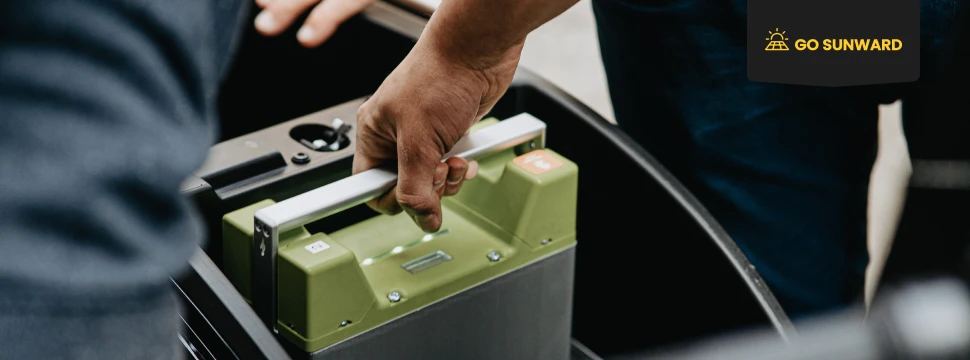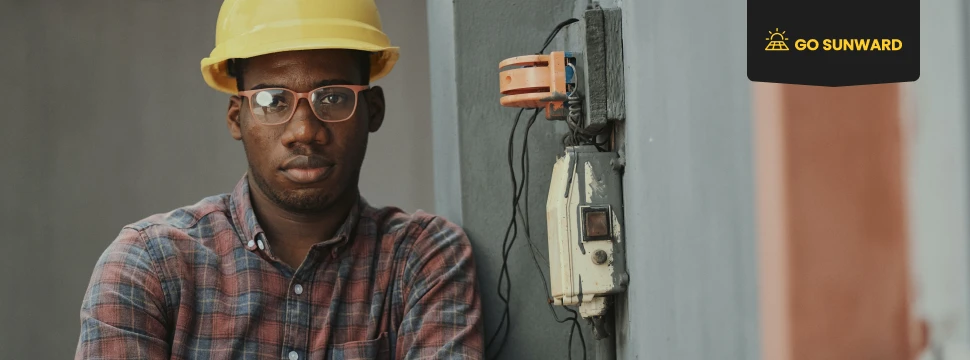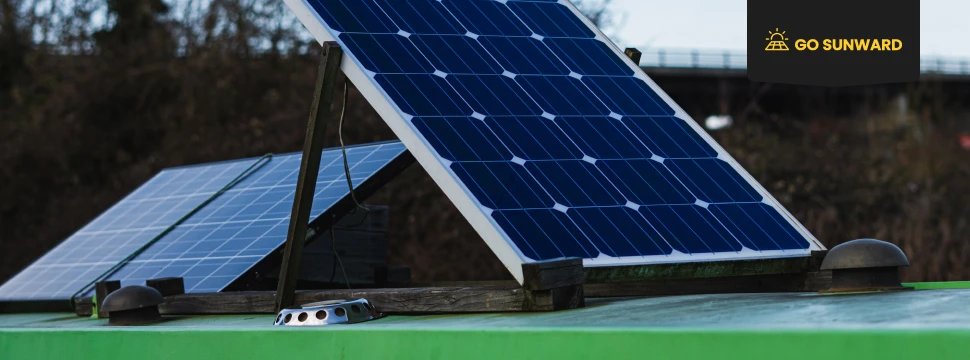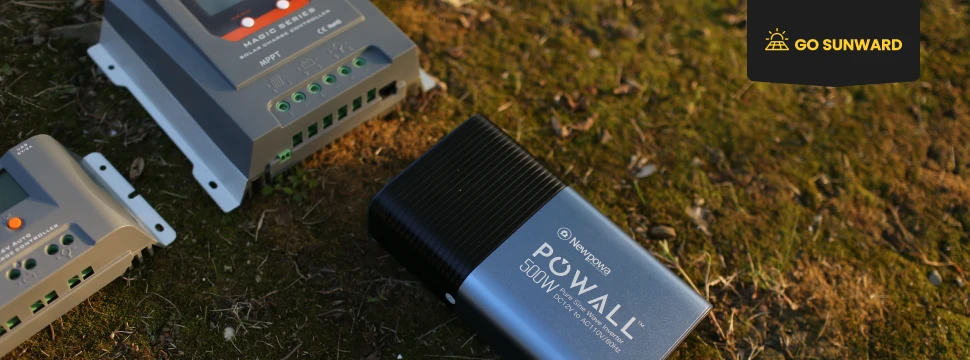DIY Solar System: The Only Guide You Need For DIY Solar
The popularity of DIY solar projects has seen a remarkable surge as individuals and communities seek to harness the sun’s power for low-carbon, sustainable energy. This renewable energy revolution isn’t just about going green; it’s also a smart financial choice. DIY solar systems offer a range of benefits, from substantial cost savings on electricity bills to a reduced carbon footprint. As more people recognize the advantages of generating their own electricity, the DIY solar movement continues to grow.
In this article, we’ll delve into the world of DIY solar systems and solar kits, providing you with the knowledge and tools to embark on your own solar journey. We’ll explore the fundamentals of solar energy, the advantages of DIY solar systems, the step-by-step process of getting started, the essential components and tools you’ll need, safety considerations, maintenance tips, and even the potential for expanding your solar setup.
Understanding Solar
Solar energy is the radiant energy emitted by the sun through electromagnetic waves. This energy is harnessed through the use of solar panels, which are designed to capture sunlight and convert it into electricity. Solar panels consist of photovoltaic cells that contain semiconductor materials, typically silicon. When sunlight strikes these cells, it excites electrons within the semiconductor, generating an electric current. This direct current (DC) is then transformed into alternating current (AC) using an inverter, making it suitable for powering household appliances and lighting.
Solar energy has many applications, from powering residential homes and commercial buildings to providing electricity for remote areas and off-grid systems. It is a clean and renewable energy source that reduces reliance on fossil fuels, making it an environmentally friendly choice for generating electricity.
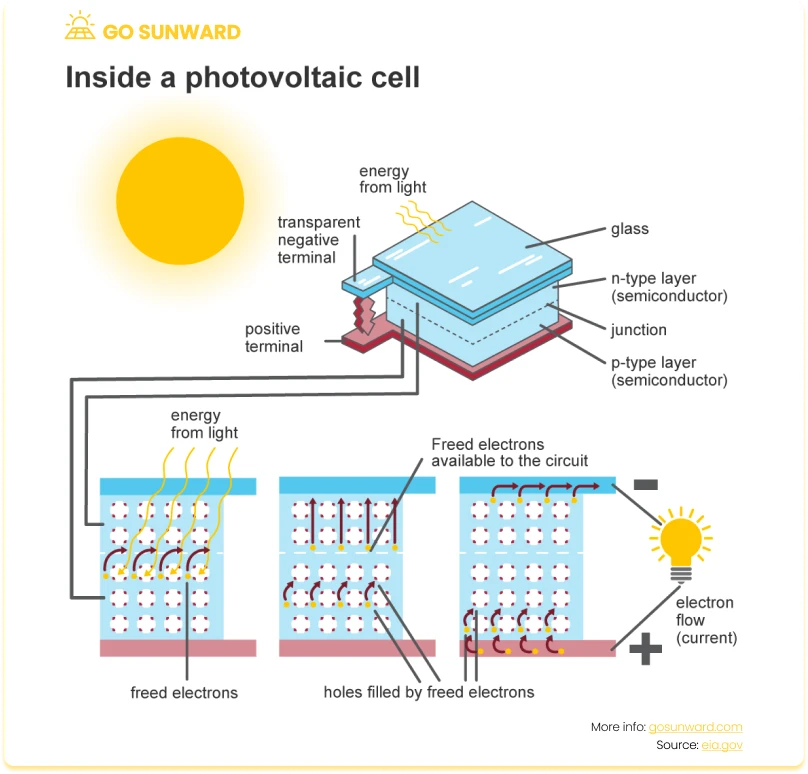
Understanding the principles of solar energy is the first step in harnessing its potential for your DIY solar system.
Advantages of DIY Solar Systems
Opting for a DIY solar system comes with many advantages that have contributed to its growing popularity among homeowners and businesses.
- Cost-Effectiveness: DIY solar systems offer significant cost savings compared to professionally installed systems. By taking on the installation process yourself, you can eliminate labor costs, which can make up a substantial portion of the total expenses associated with solar panel installation. This cost-effectiveness makes solar energy more accessible to a wider range of individuals, providing an excellent return on investment over time.
- Customization: DIY solar projects allow for a high degree of customization. You have the flexibility to design a system that perfectly matches your energy needs and budget. Whether you want to power your entire home or start with a smaller installation and gradually expand, the choice is yours. This customization empowers you to tailor your solar system to your specific requirements and goals.
- Reduced Electricity Bills: One of the most appealing benefits of DIY solar systems is the potential for significant reductions in your electricity bills. By generating your own electricity from the sun, you can reduce or even eliminate your reliance on grid-supplied power. Any excess electricity your system generates can be stored or sold back to the grid, potentially earning you credits or income.
- Environmental Benefits: Going solar has a positive impact on the environment. Solar energy is clean and renewable, producing no harmful emissions or greenhouse gases. By generating your electricity from sunlight, you contribute to a reduction in carbon emissions and a decrease in your overall carbon footprint. This environmentally conscious choice aligns with sustainability efforts and helps combat climate change.
Getting Started With DIY Solar
So what are the initial steps to kickstart your DIY solar journey? Follow these steps:
Step 1: Planning Your DIY Solar Project
The first step is to set clear goals for your DIY solar project. Determine what you aim to achieve, whether it’s reducing electricity bills, achieving energy independence, or minimizing your environmental footprint. Your goals will guide your decisions throughout the project.
Step 2: Site Assessment
Conduct a thorough site assessment of your property. Assess the optimal location for solar panels, considering factors like sun exposure, shading, roof condition, and local climate. A well-chosen location can significantly impact your solar system’s performance.
Step 3: Estimating Energy Needs
Accurately estimate your energy needs to determine the size of the solar panel system required. Review your past utility bills to gauge your average electricity consumption. Consider future energy needs and potential lifestyle changes.
Step 4: Selecting the Right Solar Panel System
Based on your energy needs and goals, select the appropriate solar panel system size and type. Decide whether you want a grid-tied or off-grid system and whether you’ll use battery storage. Research and compare solar panel models, inverters, and other components to find the best fit for your project.
Step 5: Permits and Regulations
Check local regulations, permits, and building codes related to solar panel installation. Ensure compliance with all legal requirements, as these can vary by location. Acquire the necessary permits and approvals before proceeding with your DIY solar project.
Step 6: Procurement of Equipment and Materials
Once you’ve selected your solar panel system, purchase all the necessary equipment and materials. This includes solar panels, inverters, mounting hardware, wiring, and safety equipment. Ensure that you have everything you need before starting the installation.
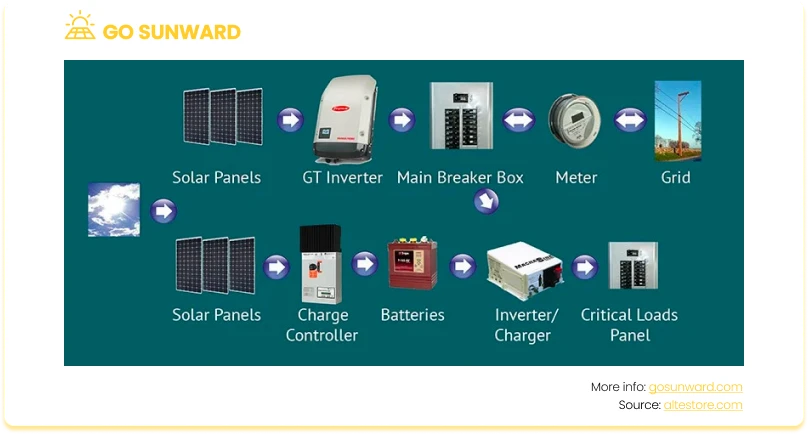
Solar Panel Installation
Now that you’ve planned your DIY solar project and gathered the necessary equipment, it’s time to dive into the installation process. Proper installation is crucial to ensure the efficiency and safety of your solar panel system.
Safety should always be the foremost concern. Prior to commencing any installation work, it is imperative to switch off the electricity supply to your home and take all necessary precautions to prevent accidents. If you lack experience in electrical work, it is advisable to consider enlisting the expertise of a licensed electrician, especially for this aspect of the installation.
Next, you need to decide how to mount your solar panels: on your roof or install them as ground-based systems. Adherence to the manufacturer’s instructions and safety protocols is essential for proper panel placement and secure mounting. Roof installations may necessitate the use of flashing and careful handling of roof penetrations to prevent potential leaks.
Moving on to electrical connections, you should meticulously connect your solar panels to the inverter following the provided wiring diagrams. The inverter plays a crucial role in converting the DC electricity generated by the panels into AC electricity for household use. Ensuring the security of all electrical connections is vital and must align with electrical codes.
For those opting for battery storage, it’s crucial to follow the manufacturer’s instructions for battery connection. Batteries enable the storage of surplus energy for use during overcast days or at night, enhancing your energy self-sufficiency.
Grounding is another critical step in the installation process. Proper grounding ensures safety by dissipating potential electrical faults and reducing the risk of electrical shock.
Upon completion of the installation, it is essential to conduct thorough testing of your solar panel system to confirm its seamless functionality. This includes checking for any issues, monitoring energy production, and ensuring the smooth flow of electricity into your home.Depending on local regulations, final inspections and permits may be required to ensure compliance with safety and building codes. These necessary steps will legalize your DIY solar installation.
DIY Maintenance & Monitoring
Solar panels have a well-deserved reputation for their durability and low maintenance needs. Typically, they are backed by warranties ensuring their performance for 20 to 25 years, with a lifespan extending beyond that period.
Nonetheless, to maintain peak performance, it’s crucial to perform routine inspections and cleaning. Be vigilant for potential issues like dirt, debris, or bird droppings that could accumulate on the panels and potentially reduce their efficiency. It’s also wise to regularly assess the condition of the mounting system and wiring to confirm they are functioning correctly. For in-depth details regarding solar panel maintenance requirements, you can find more information by clicking here.
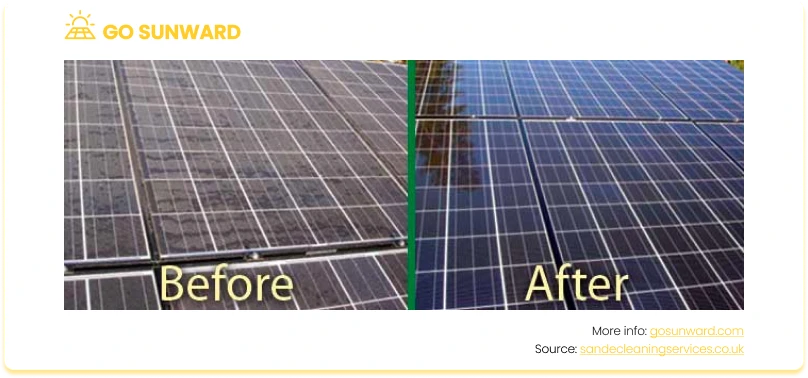
Financing Your DIY Solar System
When considering installing a DIY solar system, financing is a critical aspect of turning your renewable energy vision into reality. While the long-term benefits of solar panels are clear, the initial upfront costs can be a significant hurdle. Fortunately, there are various financing options available to make solar energy accessible to homeowners.
One common approach is to explore solar loans designed explicitly for financing solar installations. These loans often offer favorable terms and low-interest rates, making it easier for homeowners to fund their solar projects. Moreover, solar loans can enable you to take advantage of the federal solar Investment Tax Credit (ITC), further reducing the overall cost of your system. By choosing a solar loan, you can spread the cost of your solar panels over a manageable period, aligning your investment with your budget.
Another viable option is tapping into your home equity. If you’ve built up equity in your home, you can leverage it to secure a home equity loan or line of credit. This can provide you with the necessary funds to finance your DIY solar system. While this option may offer competitive interest rates and flexibility in repayment, it’s essential to carefully weigh the advantages and risks of using your home as collateral.
Additionally, some solar installers offer in-house financing or lease options. These arrangements allow homeowners to get started with solar energy without a substantial upfront investment. However, the terms and conditions can vary, so a thorough review is necessary to understand the total cost and benefits associated with these options.
For more information about what DIY solar kits are available on the market and whether they are worth it, click here.
Conclusion
DIY solar projects offer homeowners a path to sustainability, combining cost savings, reduced environmental impact, and energy independence. If you’re considering the benefits of DIY solar, take proactive steps towards your sustainable energy goals. Whether you aim to cut electricity costs, shrink your carbon footprint, or achieve energy autonomy, DIY solar is a practical and rewarding choice.
For those diving into the world of DIY solar, numerous resources can guide your journey. Consult local solar experts, explore government incentives, check out forums and research financing options. You can also use our extensive article library for research!

